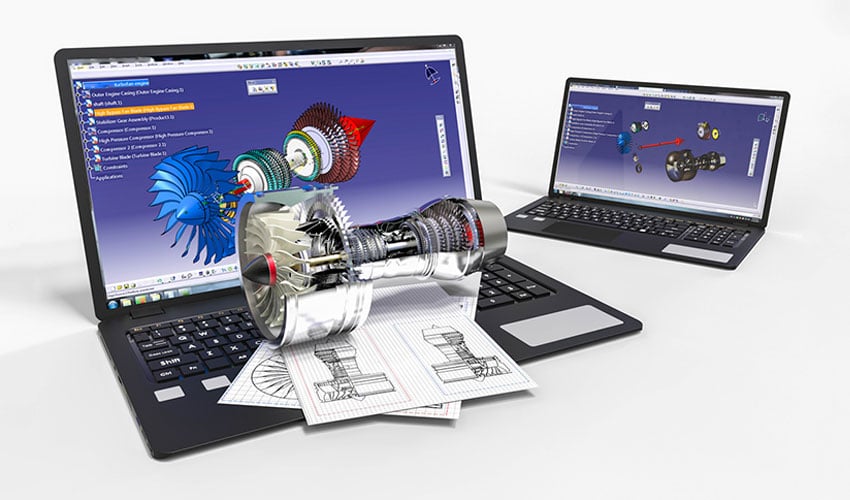The Silent Architect of the Modern World
If you were to dismantle the digital scaffolding that underpins nearly every structure, vehicle, and consumer product in our lives, you would find one common thread running through them all: Computer-Aided Design (CAD) software.
From the sleek contours of the latest electric vehicles to the towering glass skyscrapers reshaping urban landscapes, CAD software is the invisible force guiding engineers, architects, and designers. What once began as a rudimentary tool for drafting blueprints has evolved into a sophisticated ecosystem capable of simulating physics, optimizing production processes, and even integrating artificial intelligence to enhance creativity.
This article explores the evolution of CAD software, its impact across industries, and what the future holds for the digital architects of tomorrow.
From Pencil and Paper to the Digital Revolution
Before CAD, design was an analog endeavor—engineers and architects hunched over drafting tables, meticulously sketching blueprints by hand. Each revision meant erasing lines, recalculating measurements, and redrawing entire sections, an excruciatingly slow process.
The 1960s and 1970s saw the dawn of digital design with the first CAD programs, pioneered in part by Ivan Sutherland’s Sketchpad in 1963. Sketchpad introduced the concept of a graphical user interface, allowing users to interact with digital drawings in ways that were previously impossible.
By the 1980s and 1990s, CAD software had become more commercially viable, with programs like AutoCAD (1982) dominating the industry. Engineers and architects quickly adopted these digital tools, replacing physical drafts with electronic files that could be edited and shared far more efficiently.
CAD Beyond Engineering: Expanding into New Frontiers
Once confined to engineering and architecture, CAD software has now infiltrated virtually every design-related industry, from aerospace and automotive to fashion, film, and even medicine.
1. Architecture and Construction: The Rise of BIM
2. Automotive and Aerospace: Pushing the Boundaries of Precision
3. Medical Applications: Designing the Future of Healthcare
4. Fashion, Film, and Consumer Products: Creativity Meets Computation
The Modern CAD Ecosystem: Cloud, AI, and Automation
1. Cloud-Based CAD: The End of Heavy Installations?
2. AI and Generative Design: The Rise of Machine-Assisted Creativity
3. Automation and Digital Twins: Simulating Reality Before Building It
The Future of CAD: Where Are We Headed?
1. Real-Time Collaboration Will Become the Norm
2. AI Will Become a Design Partner
3. Virtual and Augmented Reality Will Transform Design Reviews
4. Sustainability Will Drive Innovation
5. Quantum Computing May Unlock Unthinkable Possibilities
The Digital Architect of the Future
The evolution of CAD software is more than just a story of technological progress—it is the story of human ingenuity finding new ways to shape the world around us.
From ancient architectural blueprints carved into stone to AI-driven design optimization, the tools we use have continuously evolved, but our desire to build, create, and innovate remains unchanged.
As CAD software continues to integrate AI, cloud computing, and automation, the next generation of designers, engineers, and architects will have unprecedented creative power at their fingertips.
The question is no longer what can we design?—but rather, what are we bold enough to imagine?













